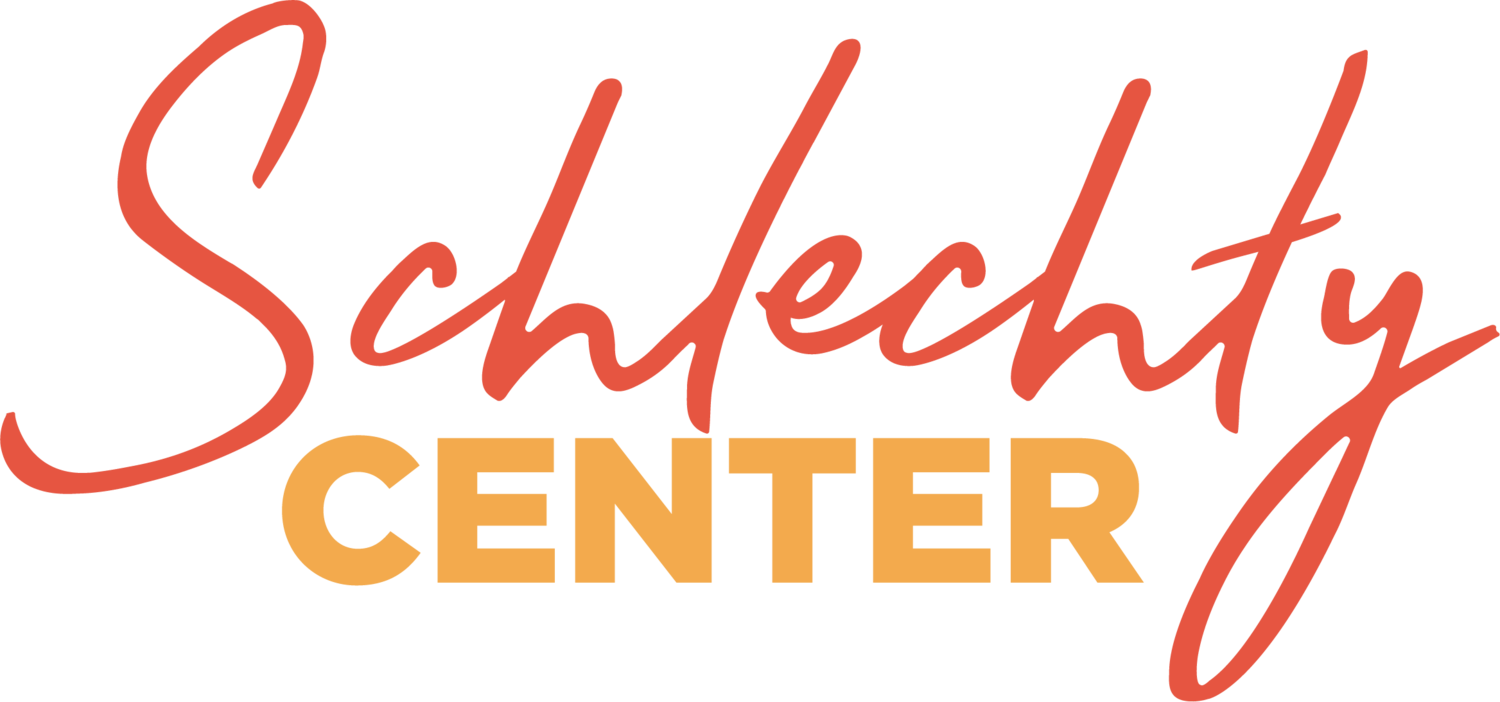Using digital games for learning opens a world of design possibilities that can address many different Design Qualities. If you are new to digital gaming and learning, we suggest you start by reading The MindShift Guide to Digital Games and Learning. We reviewed this wonderful document in a blog published on February 23, 2015.
It is clear there are two avenues for exploration in the digital gaming world. First, there are the ready-made games that students play. These games cover a wide variety of content and meet an equally diverse body of design needs. Secondly, there are the games that teachers and students can design or create themselves. In this paradigm we find the amazing world of Gamestar Mechanic.
At its heart and soul, Gamestar Mechanic allows teachers and students to design PAC-MAN-style games. Once a game is designed, the players move their avatars through a maze of blocks and challenges to reach a final goal block and win the game. Along the way, creativity allows for the inclusion of a significant number of challenges ranging from "enemy" avatars to question blocks. Digital computer coding is NOT a part of the design process.
In the introductory video from E-Line Media, we learn that creating digital games fosters digital media literacy, systems thinking, and online citizenship.
There are more possibilities.
In mathematics, a variety of content can be built into the games. After all, the games are built with blocks on a grid. Where you have blocks and a grid, you have patterns and shapes. Formulas can be illustrated. Problems can be solved. Percentages and statistics can be involved. The possibilities are indeed, well, endless.
Through the use of question blocks, teachers can embed a content review activity inside a game. As student avatars move through the game, they can be required to pause and answer questions.
Game designers will tell you that the story behind a game is as important as a game itself. Gamestar Mechanic allows for the creation of story components. Now we are into creative writing, literature, and all the accompanying English language arts skills. Want to see Wuthering Heights embedded in a Gamestar Mechanic game? Click here!
For more examples, visit the Gamestar Mechanic Teachers page.
We give you fair warning: The MindShift Guide to Digital Games and Learning advances the idea that to use games in the classroom, teachers must learn to play the games they intend to use. We agree. Even in writing this review, we spent several days learning to play games in Gamestar Mechanic. Through playing the games, your creativity should be inspired. Connections between games, content, and engagement should emerge. As more and more millennials with a gaming background enter the teaching force, we see this as less and less of a barrier.
Gamestar Mechanic is an amazing platform. When used by teacher designers and students, it offers many possibilities to use Design Qualities, promote engagement, and build profound learning.
Click this sentence to hear a young student explain the Gamestar Mechanic design process.
Gamestar Mechanic may be accessed in many ways. Specifically, there is a totally free component we used to write this review. There are classroom packages priced very reasonably ($3 per student). There are premier packages available also. We applaud E-Line for offering a variety of packages and making the platform available to all.
The Engagement People

